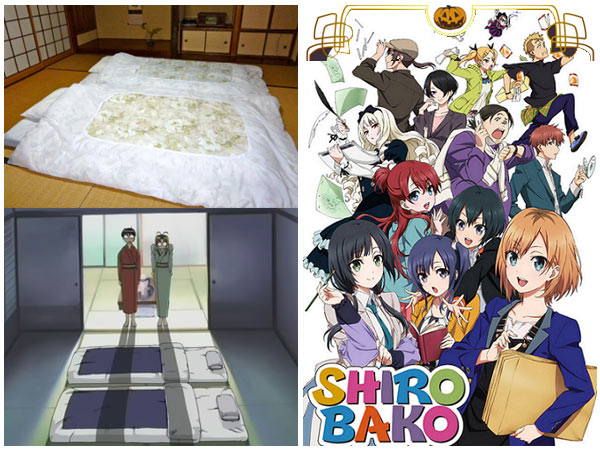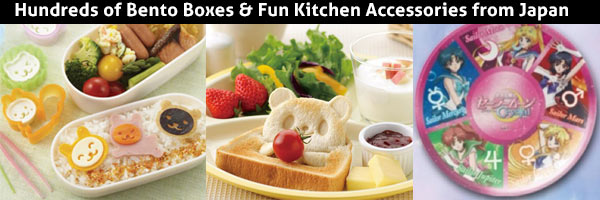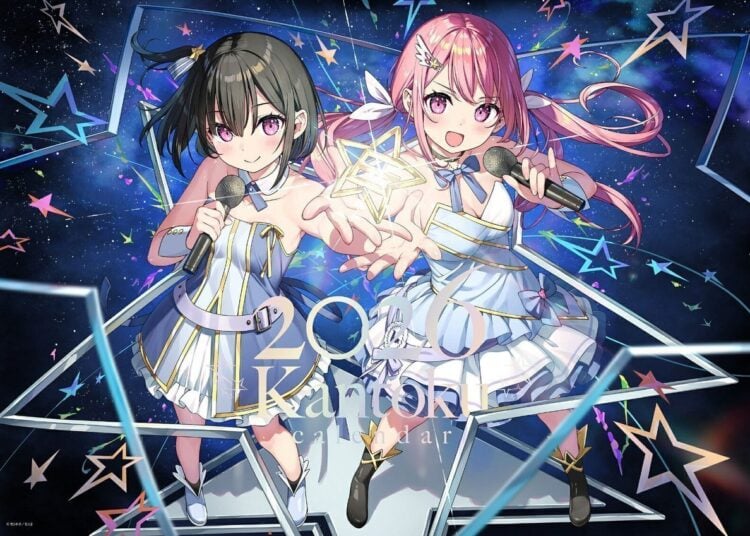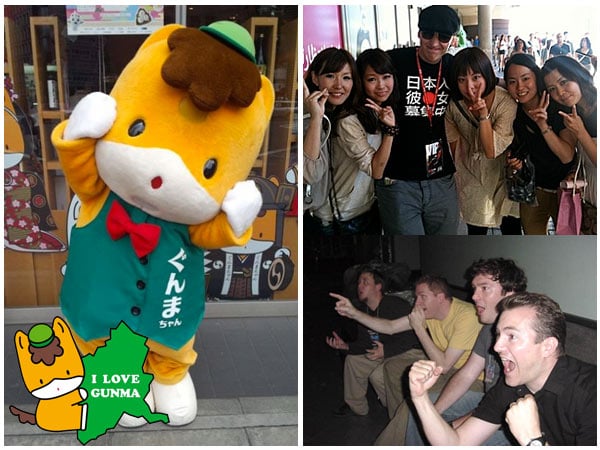
One of the more unique and interesting shows to arrive during the current anime season has been Shiro Bako, about five girls in a high school animation club who realize their dream of moving to Tokyo and working in the animation industry professionally. The story focuses mostly on Miyamori Aoi, who becomes a production assistant at Musashino Animation, working on a series called Exodus. The hectic life she leads while trying to get each episode done in time for broadcast – coordinating storyboards, key animators, computer coloring, accommodating last-minute changes by the director – give us a glimpse into how the animation we watch is actually created. The show is quite amazing: high budget, with gorgeous detail put into every shot, and it’s an original story created just for the series, so it should avoid the “sorry, the manga is still running, no proper ending for you” curse a lot of series have. Over the years, there have been a few legendary anime shows that really defined anime and otaku culture for fans, which include Genshiken, Welcome to the N.H.K. and the Gainax classic Otaku no Video. I wouldn’t be surprised if Shiro Bako didn’t earn itself a place alongside these hallowed works at some point in the future, for showing us the process by which animation is created.
One of the joys of visiting Japan is getting to sleep on a real Japanese futon, which is a soft sleeping pad made up of a mattress and foam under-piece with a thick, soft blanket, confusingly also called a futon, to cover yourself with. (The thick blanket you put over a Japanese kotatsu heater table to keep your legs warm is also called, you guessed it, a futon.) While Japanese futons have many benefits, mainly that they can be folded and put away in a closet during the day, allowing for a more compact living space, using one every day is a bit of a challenge. Futons get damp from sweat, and should be hung out the window so the sun can dry them, but this is a chore to do, and there’s a month-long rainy season in May and June during which nothing will dry. Japan has one of the oldest populations of any country – one in four people are aged 65 or older, compared with only 14% in the U.S. – and heavy futons are not easy for elderly people to put away and take out every day. This is why most Japanese are increasingly turning to Western style beds rather than Japanese futons, as my wife’s parents did a few years ago. While Japanese futons are a bit too heavy for J-List to stock, we do have cute miniature futons for your phone available for preorder. The plush futons are usable with your favorite anime figures, too.
J-List customers know they can rely on us to find amazingly kawaii bento and kitchen products from Japan for them, and we’ve really been on a roll lately. From the new anime and traditional bento boxes we’ve been stocking to the super cute bento picks, food cutters and other accessories by the Torune company to a whole lot of Sailor Moon plates, cups and bento items, we have lots of products for you to browse.
















